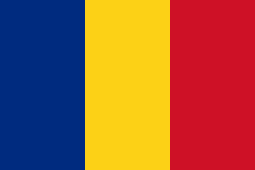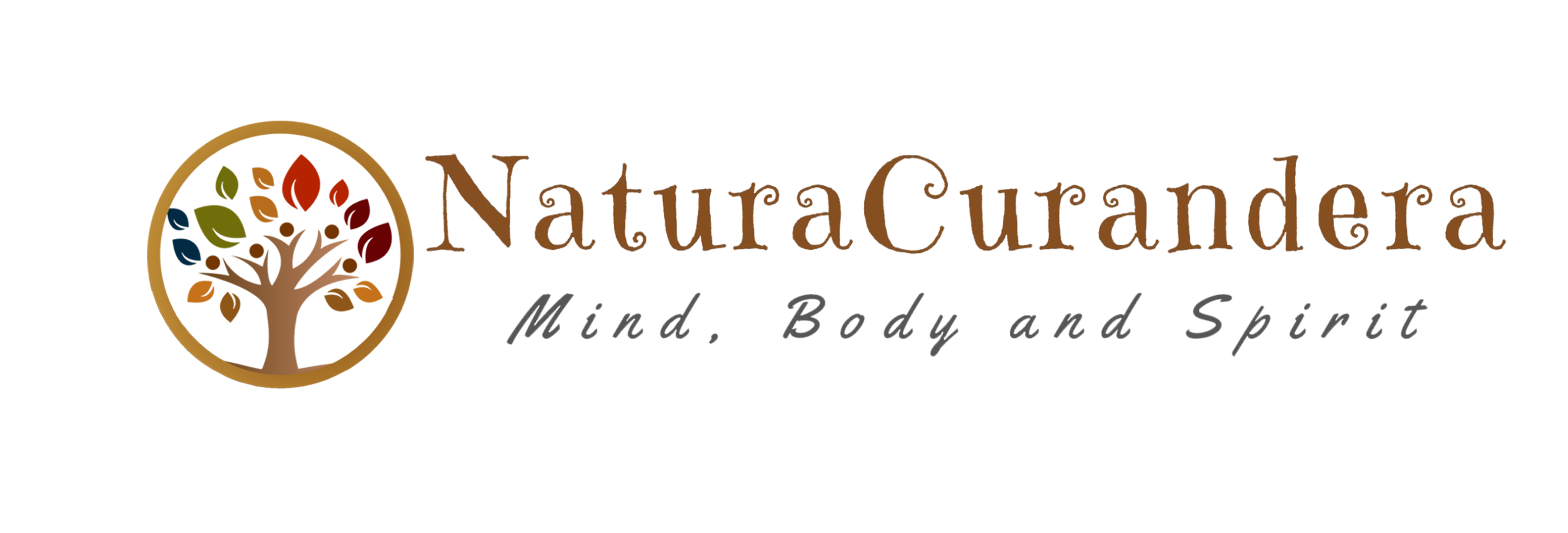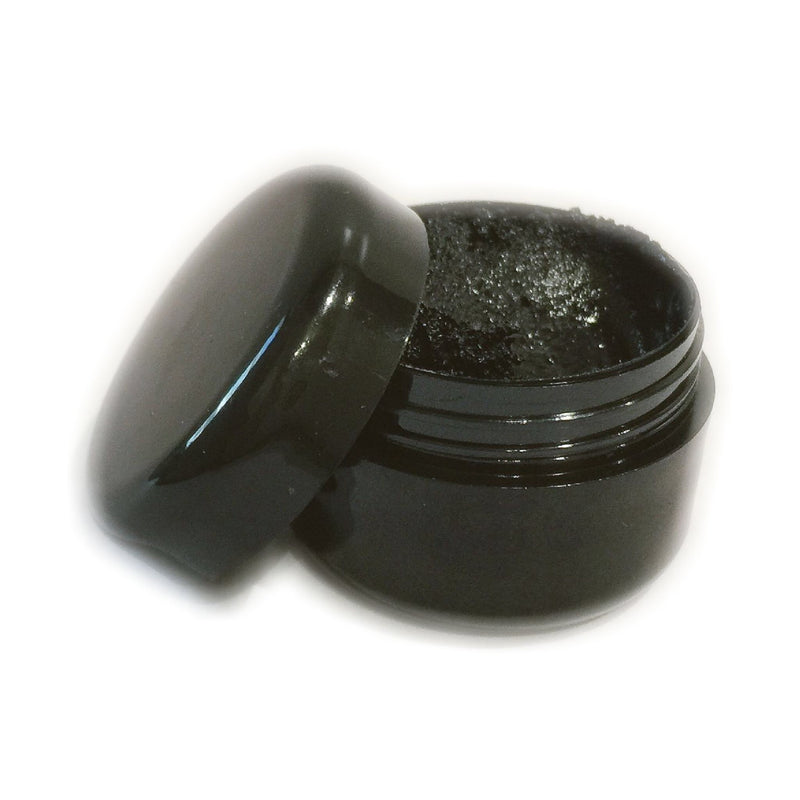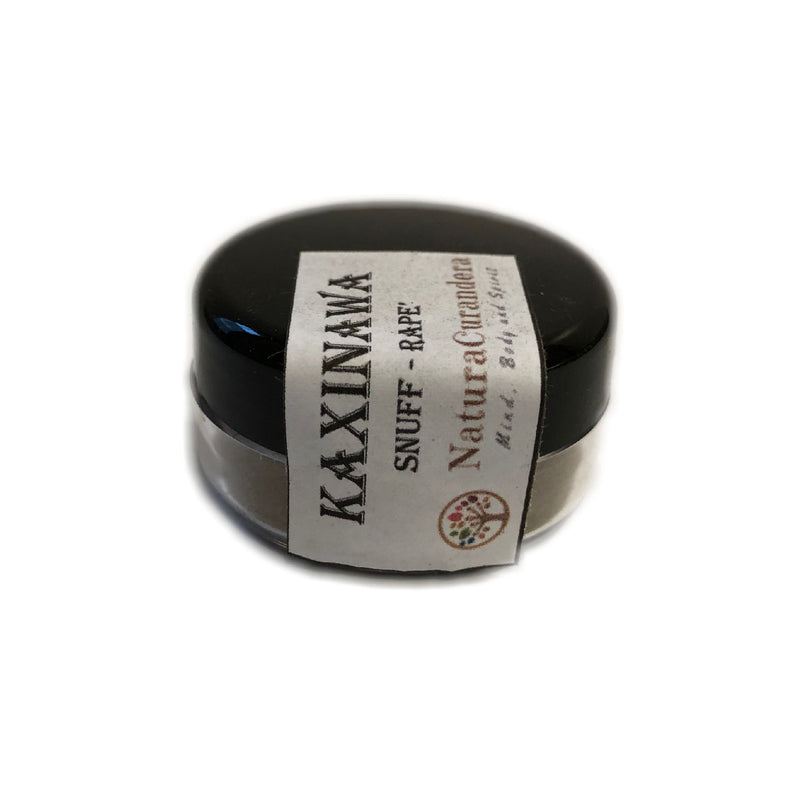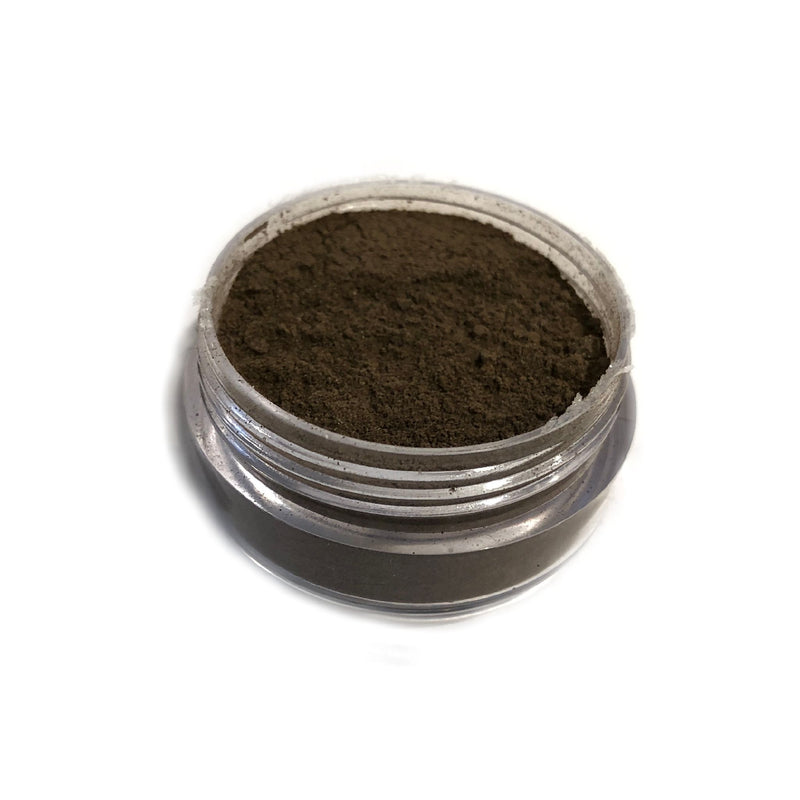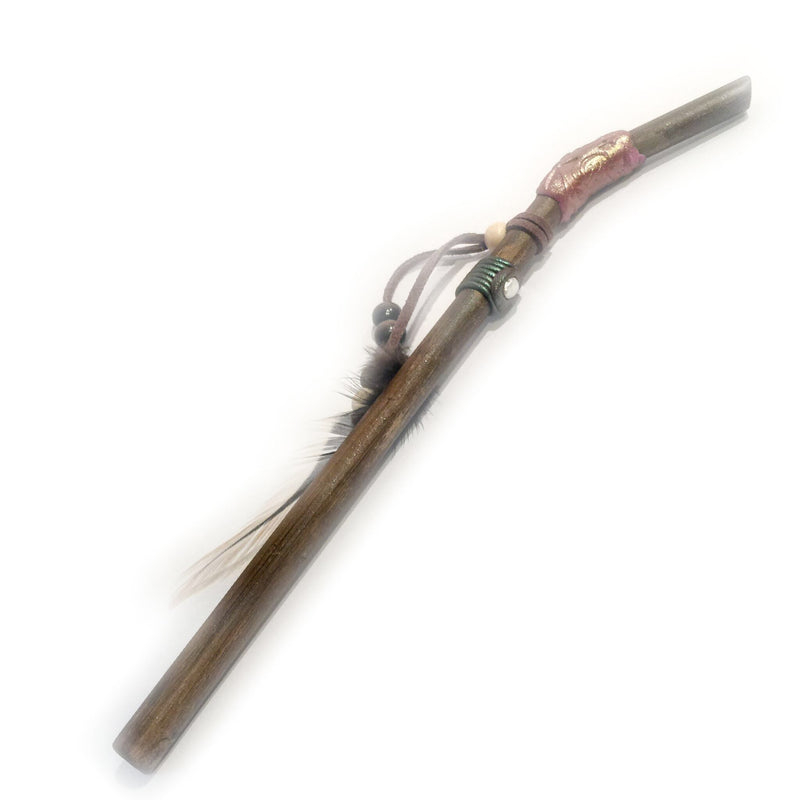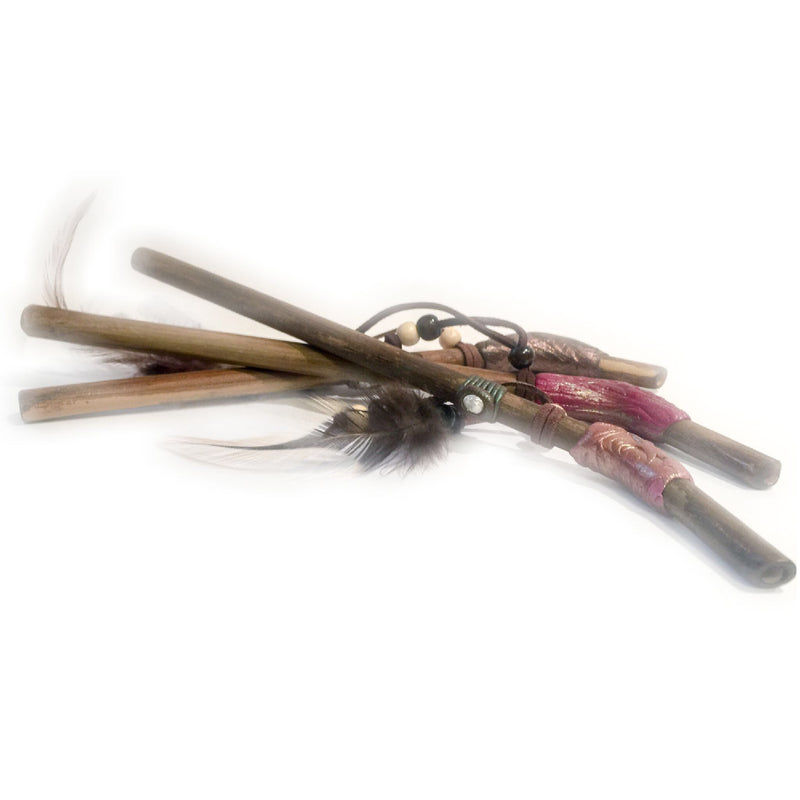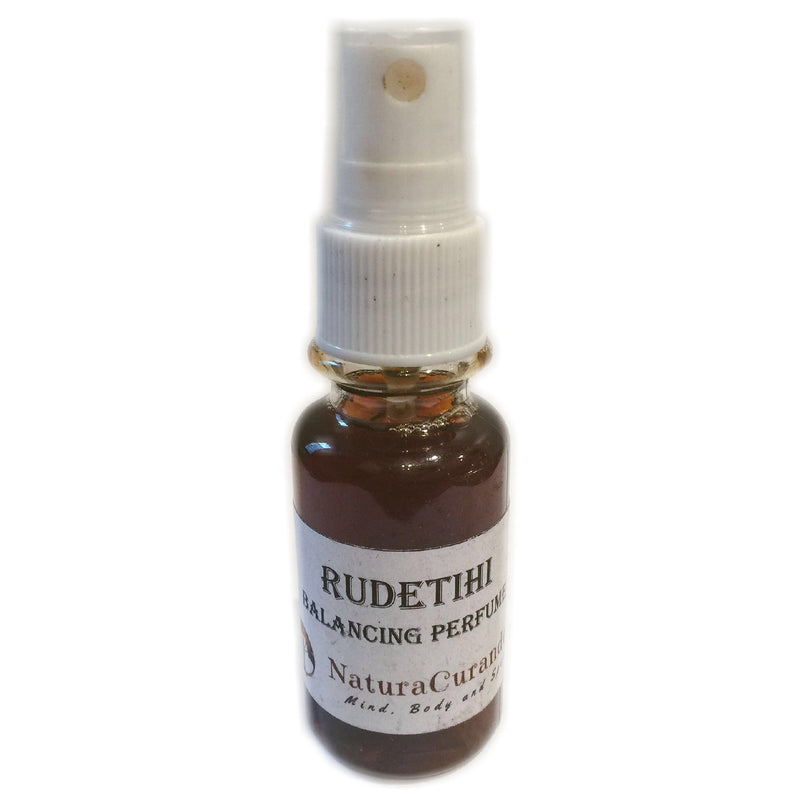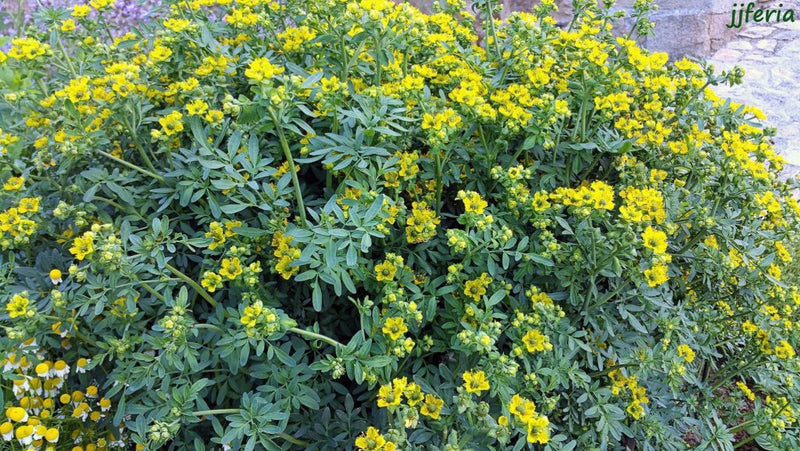What is a Shaman?

At its most basic level, shamanism can be understood as a collection of ancient techniques that help to awaken and expand consciousness, as well as heal humanity’s inner wounds.
Shamanism is the practice of connecting to spiritual wisdom for the purpose of healing one’s self and the community. Comparable to figures like ‘the oracle’, ‘sorcerers’ and ‘medicine men/women’, a shaman is seen as a sort of ‘bridge’ between the physical plain and the higher, spiritual realms. Many shamans will communicate with ‘shamanic spirits’ to aid a client in healing or to help a lost soul transition safely to the afterlife.
The actual word "shaman" is derived from the Siberian Tungusic word for a spiritual leader, or "one who is raised." As it became more widespread, the title of shaman was used interchangeably with "medicine man," "medium," and "healer." Indigenous communities around the world, from Central and Northern Asia to North America to Central and South America, practiced various forms of shamanism.
As its etymology implies, the term applies in the strictest sense only to the religious systems and phenomena of the peoples of northern Asia and the Ural-Altaic, such as the Khanty and Mansi, Samoyed, Tungus, Yukaghir, Chukchi, and Koryak. However, shamanism is also used more generally to describe indigenous groups in which roles such as healer, religious leader, counselor, and councillor are combined. In this sense, shamans are particularly common among other Arctic peoples, American Indians, Latina American, Australian Aborigines, and those African groups, such as the San, that retained their traditional cultures well into the 20th century.
These days, many people will hear the word ‘shaman’ and instantly think of a tribesman in a headdress administering ayahuasca. Though plant medicines can be a very valuable tool in shamanism, it’s not the only way shamans connect to healing powers. Ancient shamans were able to reach transcendental states through methods like meditation, fasting, sleep deprivation, physical exhaustion, and isolation. Though plant medicines like peyote and ayahuasca were crucial to reaching higher states of consciousness, they were just one of many ways a shaman could connect to spirits.
Our modern-day shamans are not so different from these native tribesmen and women. These days, you can find shamans practising out of natural healing clinics as well as their own homes. People continue to look to shamans for help on ‘soul retrieval’, life advice, hands-on healing and to communicate to their loved ones who are on the other side, and yes…there are lots of shamans who continue to use plants like ayahuasca in special healing ceremonies.

What Does a Shaman Do?
Most famously, shamans were known for their ability to communicate with the dead. It's believed that, through ceremony, they would enter a trance, an altered state of consciousness, and thus cross over. These rituals, in which shamans would reach spiritual ecstasy, consisted of drumming, singing, dancing, or varieties of witchcraft (which usually involve herbal work, animal magic, and invoking the spirits). They'd also use their connections with the other side to see the future and heal community members.
Shamans know where to access power and information from nature. They study and communicate with plants, animals, elements, and the spirit world. They are excellent problem solvers, diagnosticians, psychologists, storytellers, teachers, and hypnotists.
Historically, in many parts of the world, kings, queens, and emperors were always trained shamans and if not personally trained, they always employed shamans to advise them on many matters.




